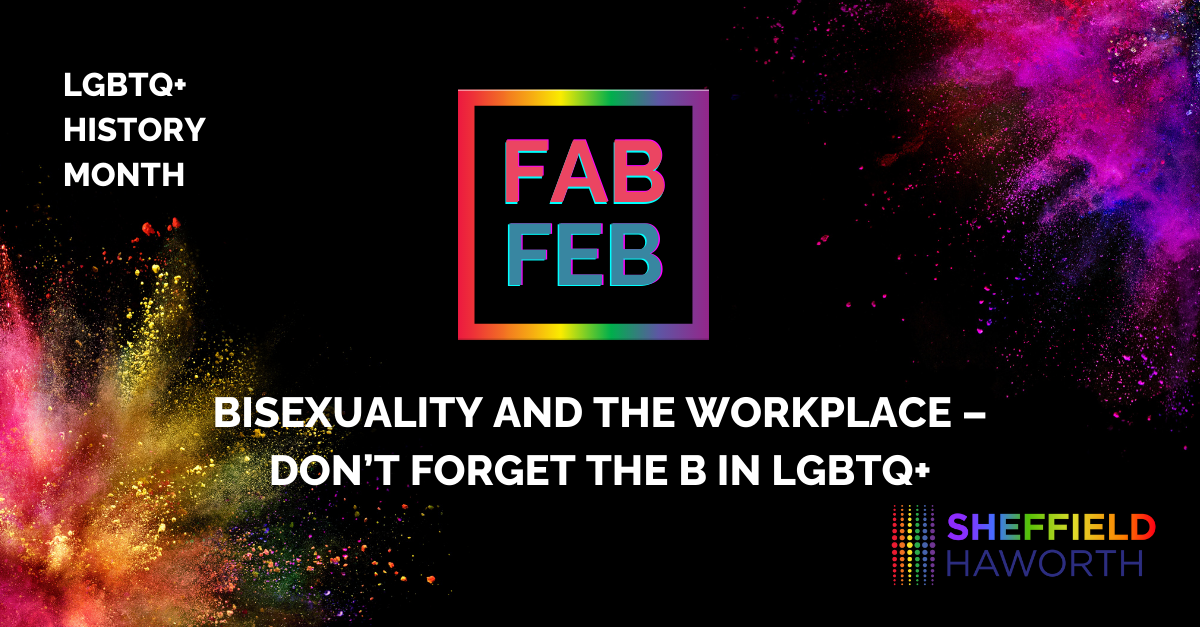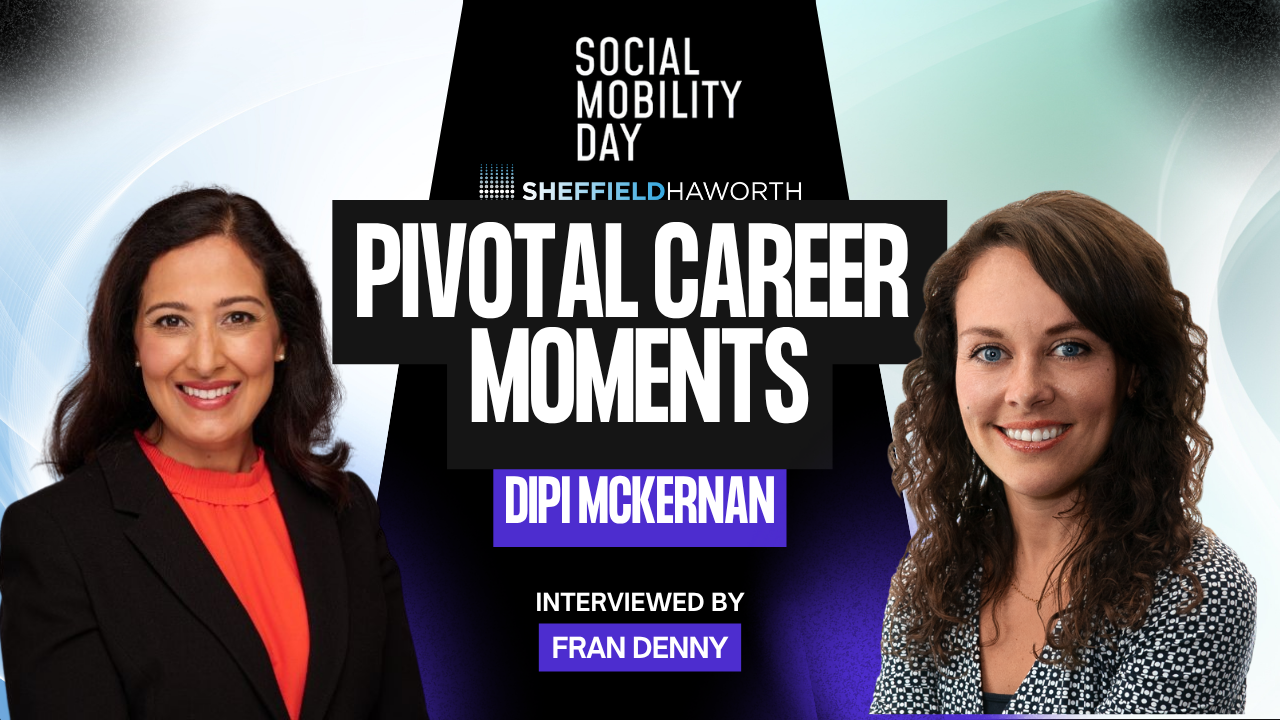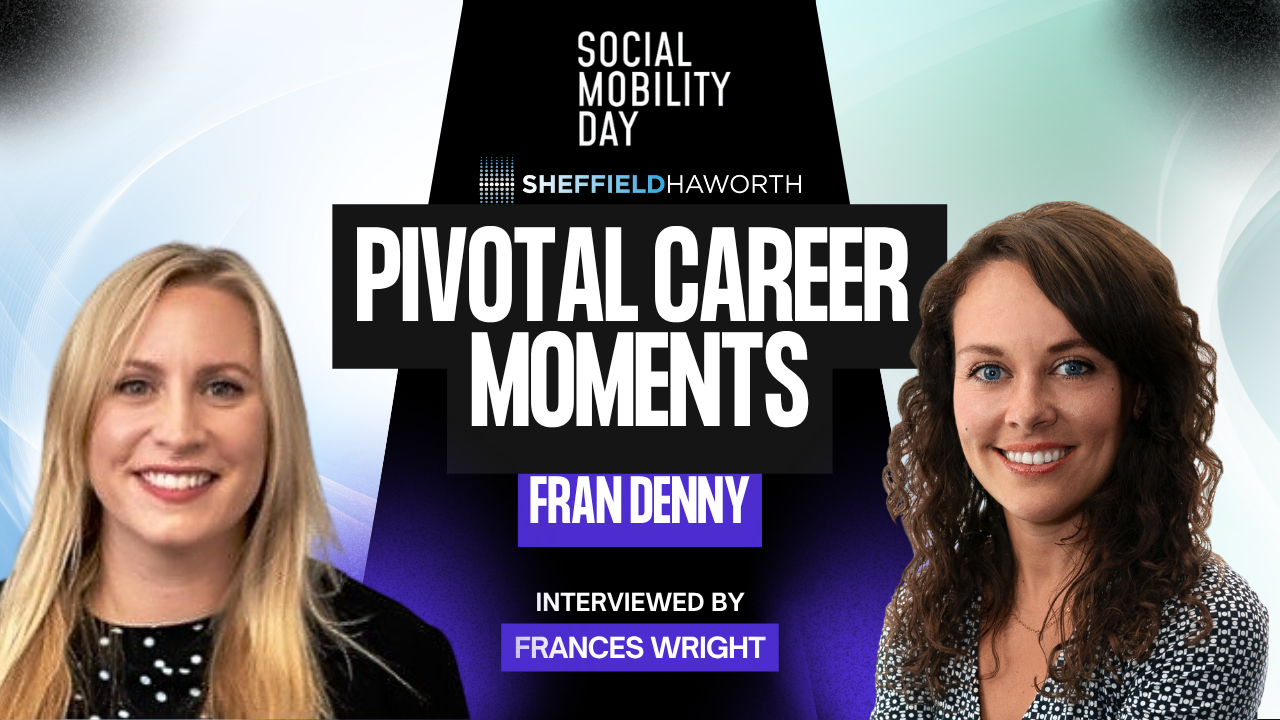Over the last decade and a half, hundreds of major businesses have adopted policies, benefits and practices aimed at furthering the inclusion of the lesbian, gay, bisexual, transgender and queer (LGBTQ+) community in the workplace with concrete advances such as the widespread adoption of sexual orientation and gender identity non-discrimination protections; partner benefits; employee resource groups; supplier diversity; and, public policy efforts. [1] A full 609 businesses earned a 100 percent score in the Human Rights Campaign’s 2018 Corporate Equality Index.
However, bisexual visibility and inclusion continues to be a challenge for many workplaces. LGBTQ+ inclusive policies, benefits and practices are absolutely critical to creating more equality on the job, but alone they are not sufficient for true cultural change. The HRC Foundation’s research on the daily realities of LGBTQ+ experiences, or the workplace climate, consistently shows significant numbers of Bi-identified workers across every region, industry and age group.
At the same time, the levels of concerted employer and employee resource group efforts to include Bi workers remain disproportionately low. This compounds the often reported struggles of Bi workers feeling that they cannot bring their full selves to work and be open about their identities, with a majority of Bi workers in national studies selfreporting being open “to no one” or “to only a few people” at work.
For example, HRC Foundation’s climate study Degrees of Equality, found that bisexuals are less likely to selfreport their sexual orientation in an anonymous, confidential human resource survey than their gay and lesbian peers — 59 percent versus 79 percent of gay men and 77 percent of lesbians.
Daily interactions – “watercooler conversations” – are opportunities for rapport building between co-workers and generally a consistent part of the workday. However, these seemingly small moments of chitchat between colleagues can also be a source of behaviour that chills the environment and prevents full LGBTQ+ inclusion, especially Bi inclusion. In a recent survey by HRC, a full 43% of LGBTQ+ workers report hearing jokes about bisexual people. One of the most common ways for someone to brush off or recover from an offensive statement is to claim it was only a joke. Yet, jokes are fair indicators of culture and climate; about what acceptable behaviour is, and what is fair game for mockery. For a Bi person gauging whether or not a workplace is a safe place to be out, one unchecked joke or negative remark can be enough to keep someone in the closet.
A driving force behind bi-invisibility is the preponderance of negative stereotypes and misconceptions about the bisexual community. Despite significant evidence to the contrary, some people continue to believe the myth that bisexuality doesn’t exist or is “just a phase” on the way to being straight or gay or that is to do more with being kinky than this being a sexual preference. In fact, studies show that there are as many or more bisexuals than there are gays AND lesbians combined. [2]
The impact of bi-invisibility in the workplace is clear – employees having to hide who they are comes at the cost of individual employee engagement and retention, and reveals broader challenges of full inclusion in the workplace – not just with respect to bisexual people but along other lines of diversity such as gender, race and ability as well.
As an Individual:
- Challenge yourself. What biases do you hold about bisexual people? We all have predispositions and beliefs based on our early life lessons that we bring to the workplace and our relationships with others. Be willing to acknowledge and address your own bias even if it is uncomfortable to do so.
- Use inclusive language – Don’t assume to know an individual’s sexual orientation. Someone in a same-sex relationship may not necessarily be gay or lesbian – and someone in a different-sex relationship may not necessarily be straight.
- Remember – B is part of LGBTQ+! Bisexual colleagues in different-sex relationships are still members of the LGBTQ+ community and not the same as allies.
- Speak up. If you overhear a bi-phobic comment or inappropriate joke in your workplace, let others know that’s not ok. A term like ‘fence-sitting’ or even just eye-rolling can create an unwelcoming environment for bisexuals.
- Take opportunities to highlight positive stories of people who are Bi – whether someone you know personally or public figures – this helps create a connection to the human experiences of Bi people.
In your LGBTQ+ ERG:
- Be bi-inclusive in your employee resource group or network.
- Think about your conversations, group programming and events – and be intentional in creating a bi-inclusive space. For example, recognize a leader in Bi inclusion in annual leadership or engagement awards.
- Include specific events to create bi-awareness; for example, recognize Celebrate Bisexuality Day annually on September 23rd.
- Review collateral and communication materials with an eye towards Bi representation (e.g. in LGBTQ+ celebrities cited, examples of best practices, etc).
- Offer guidance to senior ERG champions and spokespeople to seamlessly reference Bi inclusion in talks rather than shorthand the community to “gay” or “gay and lesbian” when referencing sexual orientation.
HR & Management:
- Make sure you’re aware of your company’s policies, practices and benefits related to bisexual people.
- Be knowledgeable on your company benefits regarding same- and different-sex domestic partner benefits. When a company offers Domestic Partner Benefits for same-sex couples only, different-sex bisexual relationships can suffer, as will couples who choose not to marry for other reasons. Support same-sex and different-sex DPBs at your company.
- Increase awareness and understanding by incorporating Bi inclusive examples in your non discrimination, anti-harassment and/or conscious/unconscious bias workplace trainings.
At Sheffield Haworth, Diversity, equity, and inclusion are strategic imperatives for our business and we are committed to support all our colleagues, clients and candidates no matter their sexual orientation.
We aim to bring people together through sharing ideas, emotional support, and change-driven inclusivity strategies to improve the representation and inclusion of LGBTQ+ people within the industry. We’re here to empower and advise all search businesses on the best ways they can create a safe and inclusive workspace for their LGBTQ+ staff. One that promotes togetherness, friendships, and allies, no matter where you work.
[1] In the 2018 Corporate Equality Index, 99% of rated companies had non-discrimination policies that specifically included sexual orientation and 97% included gender identity. 82% of CEI-rated companies provide domestic partner benefits, 89% have an ERG or diversity council and over two-thirds (72%) engage in external efforts of public engagement with the LGBTQ+ community.
[2] The Williams Institute study; Gates, Gary J., 2011 How many people are lesbian, gay, bisexual and transgender?
















